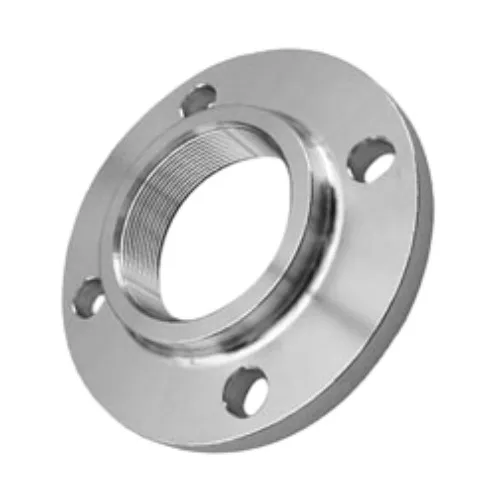-
Cangzhou Yulong Steel Co., Ltd.
-
Phone:
+86 13303177267 -
Email:
admin@ylsteelfittings.com
- English
- Arabic
- Italian
- Spanish
- Portuguese
- German
- kazakh
- Persian
- Greek
- French
- Russian
- Polish
- Thai
- Indonesian
- Vietnamese
- Zulu
- Korean
- Uzbek
- Hindi
- Serbian
- Malay
- Ukrainian
- Gujarati
- Haitian Creole
- hausa
- hawaiian
- Hebrew
- Miao
- Hungarian
- Icelandic
- igbo
- irish
- Japanese
- Javanese
- Kannada
- Khmer
- Rwandese
- Afrikaans
- Albanian
- Amharic
- Armenian
- Azerbaijani
- Basque
- Belarusian
- Bengali
- Bosnian
- Bulgarian
- Catalan
- Cebuano
- China
- China (Taiwan)
- Corsican
- Croatian
- Czech
- Danish
- Esperanto
- Estonian
- Finnish
- Frisian
- Galician
- Georgian
- Kurdish
- Kyrgyz
- Lao
- Latin
- Latvian
- Lithuanian
- Luxembourgish
- Macedonian
- Malgashi
- Malayalam
- Maltese
- Maori
- Marathi
- Mongolian
- Myanmar
- Nepali
- Norwegian
- Norwegian
- Occitan
- Pashto
- Dutch
- Punjabi
- Romanian
- Samoan
- Scottish Gaelic
- Sesotho
- Shona
- Sindhi
- Sinhala
- Slovak
- Slovenian
- Somali
- Sundanese
- Swahili
- Swedish
- Tagalog
- Tajik
- Tamil
- Tatar
- Telugu
- Turkish
- Turkmen
- Urdu
- Uighur
- Welsh
- Bantu
- Yiddish
- Yoruba

Aug . 01, 2024 08:21 Back to list
Exploring the Benefits and Applications of Slurry Valves in Industrial Processes and Systems
Understanding Slurry Valves An Essential Component in Industrial Applications
In various industrial processes, the transportation and management of slurries—mixtures of solid particles suspended in a liquid—are crucial for efficiency and productivity. One of the key components involved in this process is the slurry valve. These specialized valves are designed to handle the unique challenges presented by slurries, making them essential in industries such as mining, wastewater treatment, and chemical processing.
What is a Slurry Valve?
A slurry valve is a type of valve specifically engineered to control the flow of slurries. Unlike conventional valves that might struggle with the abrasive and viscous nature of slurry mixtures, slurry valves are built with robust materials and innovative designs to withstand wear and tear. These valves are typically used in applications where solids, such as minerals, cement, or wastewater byproducts, are transported through pipelines or processing equipment.
Types of Slurry Valves
There are several types of slurry valves, each suited for specific applications and requirements. Some of the most common types include
1. Knife Gate Valves These valves are ideal for on/off controlling of slurries. They feature a sharp-edged blade that cuts through the slurry, allowing for efficient closure. Knife gate valves are often used in mining and sludge handling where the material is thick and abrasive.
2. Pinch Valves Pinch valves utilize a flexible sleeve that closes around the slurry, providing a zero-leakage seal. They are particularly effective for controlling the flow in systems where particulates could cause blockages or damage to traditional valve seats.
3. Ball Valves Though not as common for slurries, ball valves can be adapted for slurry applications. They provide a reliable way to control flow but require special care to handle the abrasive nature of slurries properly.
slurry valve

Key Features of Slurry Valves
Several features make slurry valves suitable for handling abrasive and viscous materials
- Material Selection Slurry valves are often constructed from high-strength alloys, rubber, and plastics that resist corrosion and wear. This ensures longevity even in harsh conditions.
- Flow Control Effective flow control is crucial in slurry handling operations. Slurry valves offer precise regulation of flow rates, improving process efficiency and reducing the risk of blockages.
- Maintenance and Repair The design of slurry valves often allows for easy maintenance and repair. The ability to replace components without needing to remove the entire valve from the pipeline is a significant advantage, reducing downtime during maintenance activities.
Applications of Slurry Valves
Slurry valves find applications in various industries. In the mining sector, they are used to transport ore slurries from processing plants to separation units. In wastewater treatment facilities, they manage the flow of sludge and other byproducts, ensuring that waste is handled efficiently and safely. Additionally, in the chemical processing industry, slurry valves help in managing the flow of reactive materials, thereby supporting stringent process controls and safety standards.
Conclusion
In conclusion, slurry valves are indispensable in industries that deal with slurries. Their specialized design and materials allow them to handle the challenges posed by abrasive, viscous mixtures effectively. Understanding the different types of slurry valves and their applications is essential for engineers and operators looking to optimize their processes and ensure smooth operations. As industries continue to evolve and grow, the demand for reliable and efficient slurry management systems will only increase, keeping slurry valves at the forefront of industrial technology.
Latest news
-
ANSI 150P SS304 SO FLANGE
NewsFeb.14,2025
-
ASTM A333GR6 STEEL PIPE
NewsJan.20,2025
-
ANSI B16.5 WELDING NECK FLANGE
NewsJan.15,2026
-
ANSI B16.5 SLIP-ON FLANGE
NewsApr.19,2024
-
SABS 1123 FLANGE
NewsJan.15,2025
-
DIN86044 PLATE FLANGE
NewsApr.19,2024
-
DIN2527 BLIND FLANGE
NewsApr.12,2024
-
JIS B2311 Butt-Welding Fittings LR/SR 45°/90° /180°Seamless/Weld
NewsApr.23,2024











